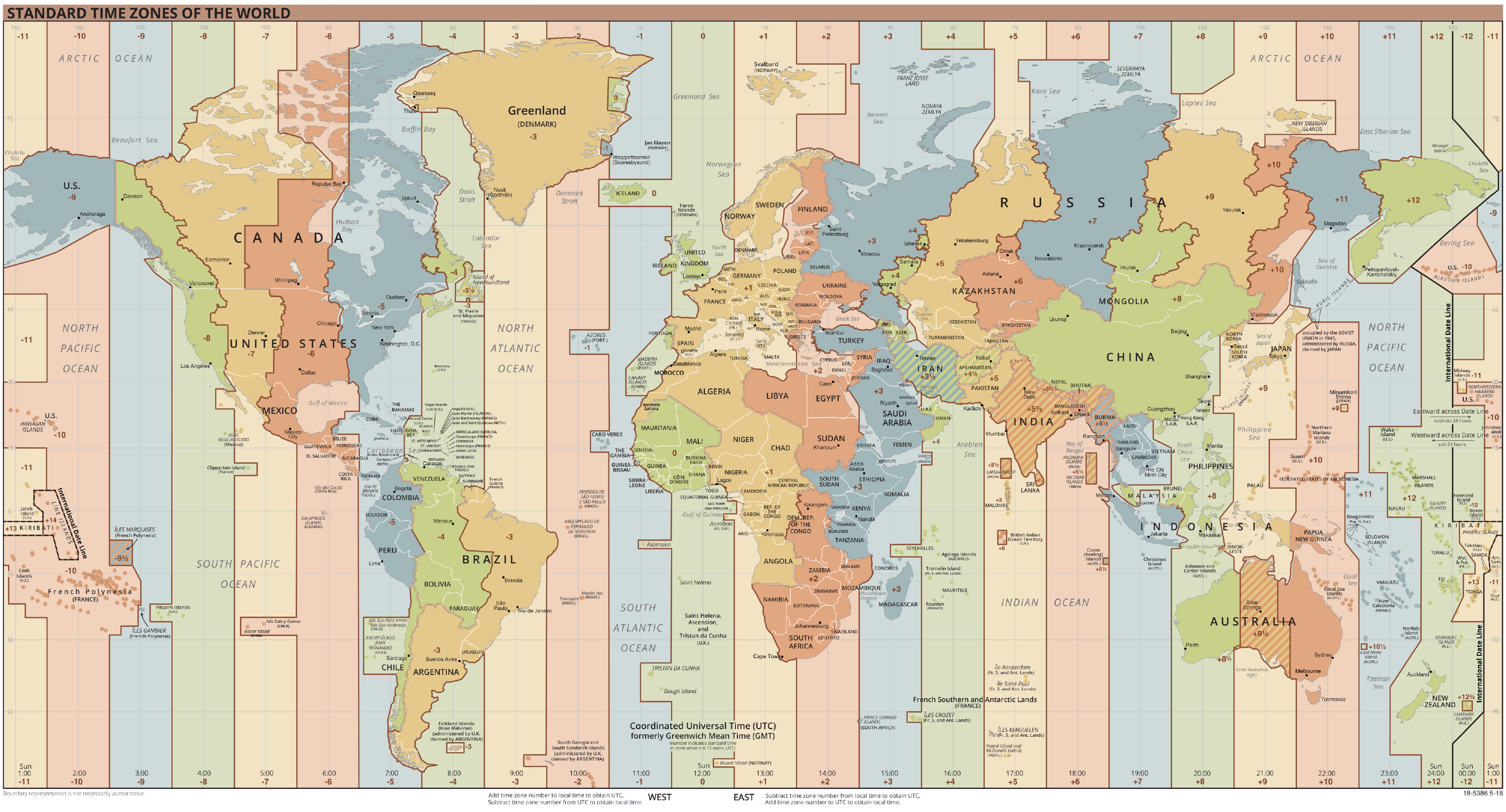We’ve found another way to get the beta.sam solicitations into BidLink while they fix their feed. You will see the new SAM results in your searches if they match.
TweetWhen does Daylight Savings Time end and Who Started it?

Daylight Savings Time
What is Daylight Savings Time?
Daylight Savings Time (DST) is when clocks are moved one hour ahead of (local) Standard Time, creating the effect of more sunlit hours in evenings in the United States, European countries call it “Summer-time period”
When does Daylight Savings Time end?
Daylight Savings Time ends at 2:00 a.m. the first Sunday of November – this year it’s November 3, 2019. Clocks are moved back “falling back” one hour to local Standard Time. This transition from Daylight Savings Time to Standard Time effectively moves one hour of daylight from the evening to the morning.
When Daylight Savings Time begins we “spring ahead” effectively doing the opposite by moving one hour of daylight from the morning to the evening.
The Daylight Saving Time rules were changed in 2007 by the Energy Policy Act of 2005 in the interest of reducing energy consumption, we added a few weeks.
Daylight Saving Time Studies
Conflicting studies have been published over the years showing both positive and negative benefits of Daylight Saving Time, such as Energy savings and Potential health effects according to Congressional Research Service reports.
Standard Time
What is Standard Time?
Standard Time is a uniform time for a place (a zone) based on its longitudinal location in reference to the Prime Meridian. The Prime Meridian located at Greenwich, England is the chosen arbitrary reference point on the earth representing 0 degrees longitude. Standard Time zones are areas based on the longitudinal position (plus or minus) from the Prime Meridian.
The first Standard Time zone for the United States is minus (-) four hours from the Prime Meridian. On a world scale Coordinated Universal Time (UTC) formerly known as Greenwich Mean Time (GMT) is the primary time standard used and is referenced to the Prime Meridian.

U.S. Time Zones
Which U.S. Government agency oversees the Nation’s time zones and Daylight Savings Time?
- Defense Information Systems Agency
- Department of Agriculture
- National Institute of Standards and Technology
- Department of Transportation
If you guessed choice 4, you are correct.
The Department of Transportation oversees Daylight Savings Time and Time zones.
History of Standard Time and Daylight Saving Time (DST)
Prior to the adoption of our current four-zone time system, both U.S. and Canadian railroad terminals across the country observed around a 100 different locally established time zones. In 1883 a four (4) time zone system was adopted by the railroads to reduce confusion and help govern their operations when it came to Interstate Commerce.
In 1918 the Federal Government enacted the Standard Time Act. The Interstate Commerce Commission had the responsibility to establish boundaries between the standard time zones in the continental United States. This responsibility was transferred to Department of Transportation (DOT) in 1966 after Congress created the DOT. (“It is the policy of the United States to promote the adoption and observance of uniform time within the standard time zones prescribed by the Act entitled An Act to save daylight and to provide standard time for the United States, approved March 19, 1918.”)
The “Uniform Time Act of 1966” established a system of uniform Daylight Saving Time throughout the Nation. Time zone boundaries can be changed by Congress or the Secretary of Transportation.
Currently Daylight Saving Time is not observed in Hawaii, American Samoa, Guam, Puerto Rico, the Virgin Islands, and most of Arizona.
Don’t forget to set your clocks back tomorrow…
BidLink is online search tool to find government information such as contracts, procurement history, solicitations, NSN/part number information and market research relating to the products and services the U.S. Government purchases. If you are interested to see specific contracts or find more information Sign up for a free trial Now at www.bidlink.net
Tweet

